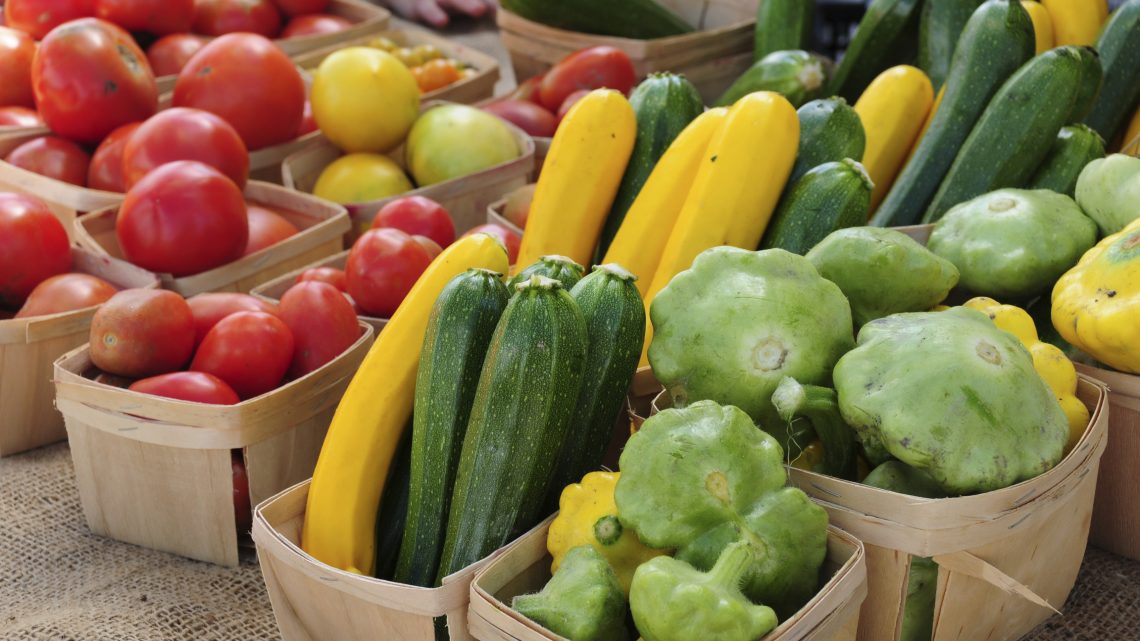During this time of the coronavirus pandemic many people are planting gardens, not only for something fun to do during quarantine but also to enjoy the fresh produce that will grow abundantly with minimal care. Eating locally grown foods is increasingly popular as the locavore movement continues to gain momentum.
“Locavore” was the Word of the Year for 2007 in the Oxford American Dictionary. According to Wikipedia, this word is the creation of Jessica Prentice of the San Francisco Bay Area at the time of World Environment Day in 2005. It is rendered “localvore” by some, depending on regional differences.
Jessica Prentice and other locavore movement founders Jen Maiser, Sage Van Wing and DeDe Sampson describe themselves as “a group of concerned culinary adventurers” making an effort to eat only foods grown or harvested within a 100 mile radius of their home. The group has challenged people from the bay area—and all over the world—to join them in eating locally grown foods.
Today the locavore movement continues to focus on sustainability and eco-consciousness. More foods are being grown in home gardens or by local commercial groups interested in keeping the environment as clean as possible and selling food close to where it is grown. Those in the movement generally seek to keep use of fossil fuels to a minimum, thereby releasing less carbon dioxide into the air and preventing greater global warming.
Of course, the goals of keeping energy use down and consuming food grown locally in heated greenhouses would be in conflict with each other, so there are decisions to be made by those desiring to follow this lifestyle. Some also expand the definition of “local” beyond a 100 mile radius.
Why Eat Locally?
In many areas food travels thousands of miles before ending up on our plates. This globalization of the food supply has serious consequences for the environment, our health, our communities …and our taste buds. Much of the food grown in areas surrounding us must be shipped across the country to distribution centers before it makes its way back to our supermarket shelves. Additionally, many people do not think about the environmental effects or the loss of local community dollars and family farms.
Help for Locavore Wannabes
Farmers’ markets play a major role in efforts to eat what is grown locally. Most produce at farmer’s markets has been picked within 24 hours and is ripe, fresh and full-flavored. People who eat locally often build relationships with farmers whom they grow to trust. Knowing how your food is grown can provide great peace of mind.
You may be able to find an app that shows the location of local growers and what they offer. Then you can post to the Facebook “We ate local!” group what you ate and where you found it.
Another option may be to join a CSA program—Community Supported Agriculture—where you invest financially in a local farm in exchange for a weekly box of assorted produce. Most CSA programs offer a discount if you prepay on a quarterly or yearly basis.
People who are serious about eating locally grown foods realize that living in a mild climate makes locavorism very different from living where the winter is severe or where no rain falls during certain parts of the year. An innovative new co-op in northeast Ohio provides a model for ways to expand local food offerings in winter months. At the Local Roots Market & Café in downtown Wooster (population 26,000), even in the dead of winter shoppers can purchase locally and sustainably grown salad greens, squash, honey, meat, dairy products, baked goods and more. Local Roots began with a group of farmers and consumers who dreamed of a year-round, indoor market for local farm products. The producer/consumer co-op they started features a combination retail store and online ordering system that allows producers to market their goods without being physically present. One employee and a host of volunteers staff the co-op.
Another approach frequently used by locavores living in harsh climates is to preserve local food for those seasons when it is not available fresh. Canning, freezing and dehydrating are all popular methods of preserving produce. To learn about safe preserving techniques, visit the National Center for Home Food Preservation
Bonus: Go to eatlocalchallenge.com to find people blogging about their locavore experience (or read about the pennywise challenge).










